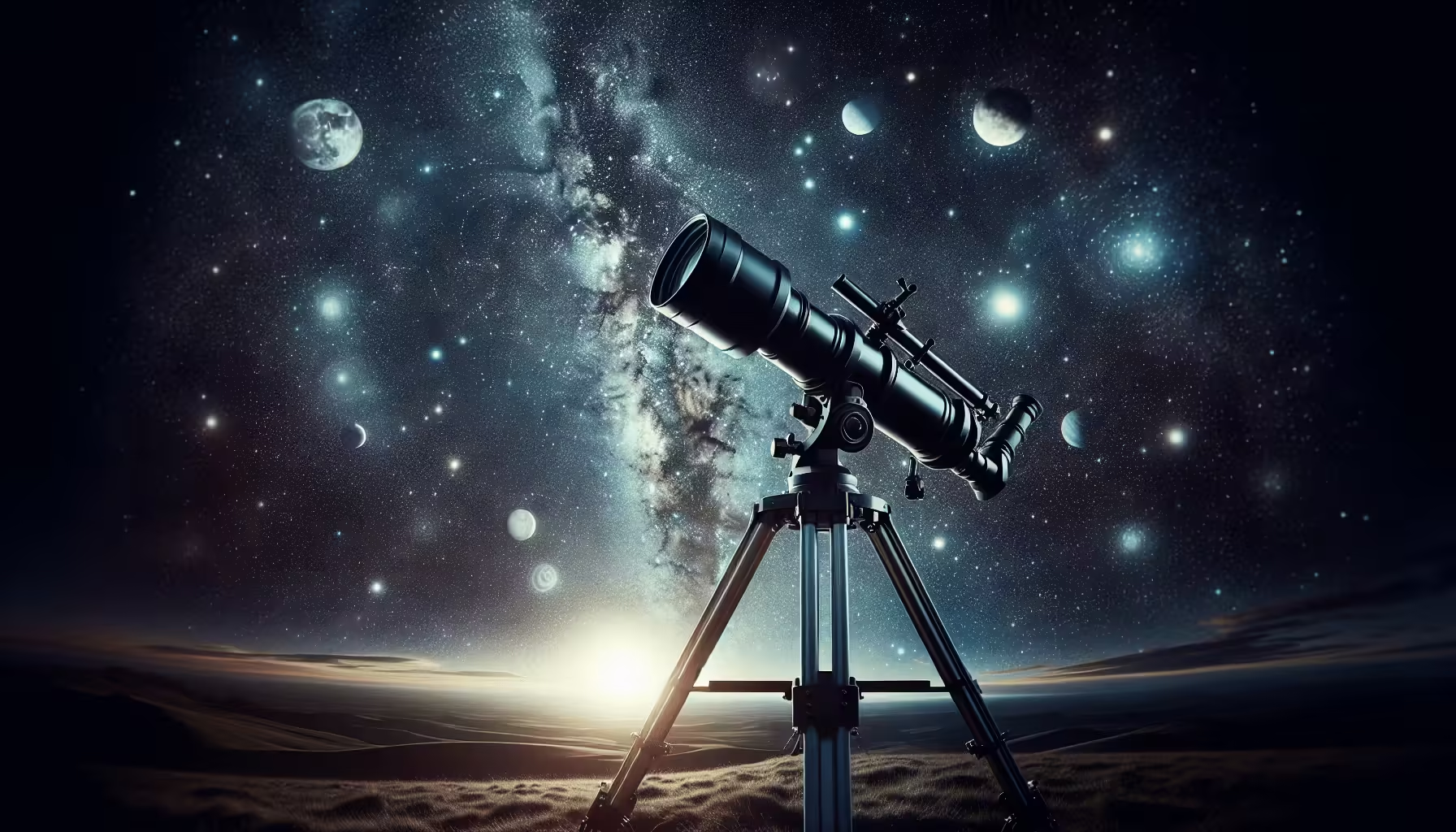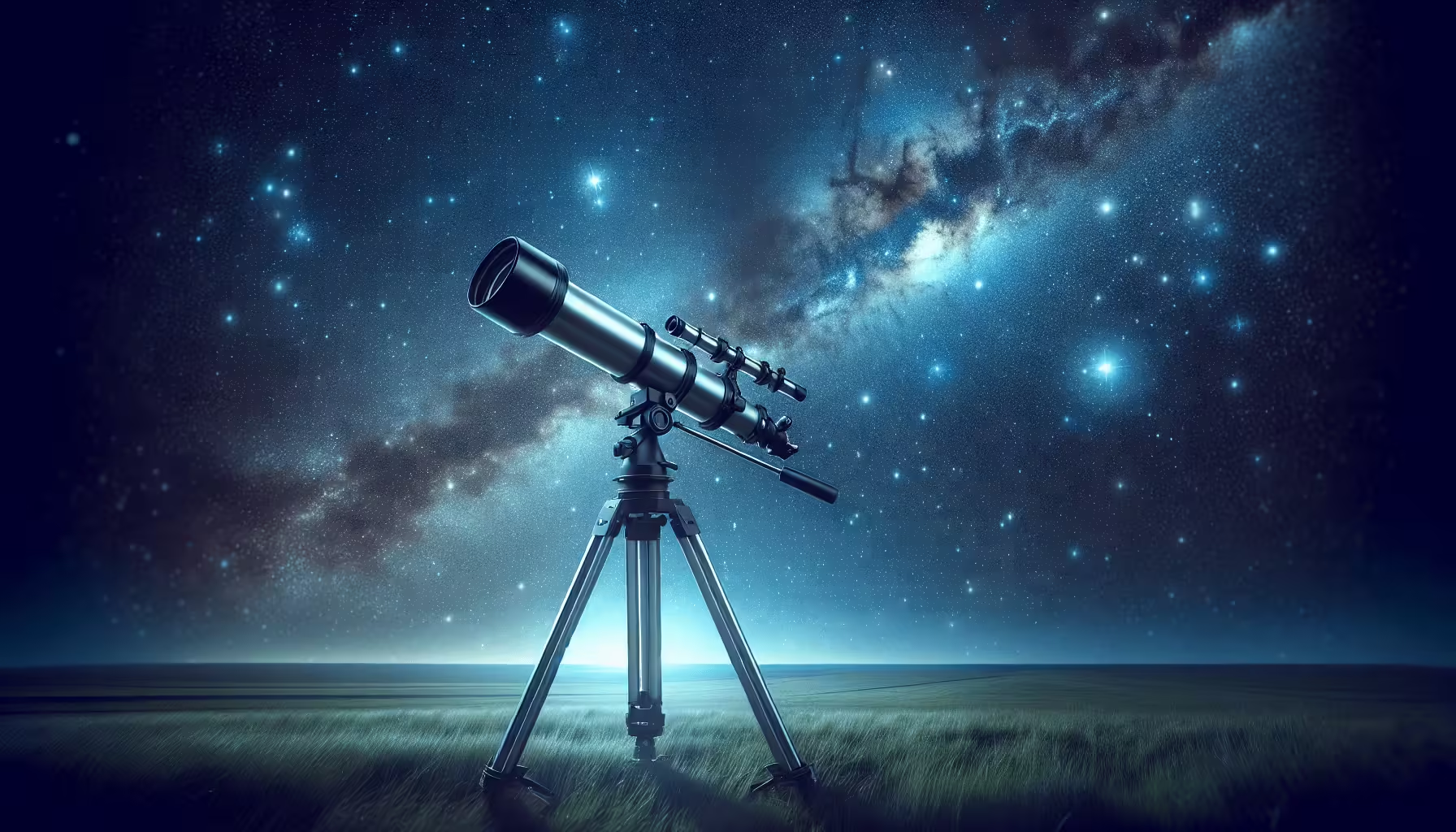Have you ever looked up at the night sky and wondered about the countless mysteries that lie beyond our naked eye’s perception? Getting a telescope can transform that curiosity into a celestial adventure, allowing you to explore galaxies, nebulae, and the craters of our moon in breathtaking detail. But how do you begin? The thought of setting up a telescope might feel daunting, especially with so many components and technical nuances to consider. Don’t worry; you are not alone. This guide will walk you through setting up your telescope step-by-step in a friendly and straightforward manner.

This image is property of images.pexels.com.
Table of Contents
Understanding the Basics: What is a Telescope?
Before diving into the setup, it’s essential to understand what a telescope is and why it works the way it does. At its core, a telescope is an instrument designed to capture and magnify light from distant objects. There are two main types: refractor telescopes, which use lenses, and reflector telescopes, which use mirrors. Each has its own advantages and quirks, but both serve the same exciting purpose: bringing the universe closer to you.
Historical Context: A Brief History of Telescopes
The story of telescopes began in the early 17th century with the work of Galileo Galilei and Johannes Kepler. Galileo refined the simple spyglass into a more powerful instrument, using it to discover Jupiter’s four largest moons and to provide evidence for the heliocentric model of the solar system. Kepler later improved upon Galileo’s designs by using convex lenses, which led to more powerful and efficient telescopes. Fast forward to today, and technology has made astronomical observation accessible to amateurs and enthusiasts alike.

This image is property of images.pexels.com.
Current Trends: Why Now is the Time to Get a Telescope
Amateur astronomy has never been more popular. Affordable, high-quality telescopes and the advent of astrophotography have made stargazing a rewarding hobby for many. Additionally, numerous online communities and local astronomy clubs provide valuable resources and social opportunities for budding astronomers. Whether you aim to dabble in observational astronomy or capture stunning celestial photographs, there’s never been a better time to get involved.

This image is property of images.pexels.com.
Setting Up Your Telescope: A Step-by-Step Guide
Step 1: Unboxing and Inventory
As soon as you get your telescope, the first step is to carefully unbox and inventory all components. Lay everything out and consult the instruction manual to ensure every piece is accounted for. Typical items include the optical tube, mount, tripod, eyepieces, and various accessories like finderscopes. If something is missing or damaged, now is the time to address it.
Step 2: Assembling the Tripod and Mount
The mount is the foundation of your telescope, providing stability and allowing you to navigate the night sky smoothly. Most beginner telescopes come with either an altazimuth mount (simple up-down and left-right movements) or an equatorial mount (tilted to match Earth’s rotation). Here’s a breakdown of assembling each.
Altazimuth Mount
- Spread the tripod legs evenly and secure them with the screws or clamps.
- Attach the mount head to the tripod using the central bolt.
- Secure the accessory tray where available, providing added stability to the tripod.
Equatorial Mount
- Position the tripod with one leg pointing north.
- Attach the mount head, ensuring the polar axis points north.
- Level the tripod using the built-in bubble level.
- Secure the mount head and adjust the latitude scale to match your geographical location.
Step 3: Attaching the Optical Tube
Once the mount and tripod are secure, it’s time to attach the optical tube. Here’s how:
- Align the dovetail bar on the optical tube with the mount’s dovetail holder.
- Tighten the screws securely, ensuring that the optical tube is balanced.
- Attach any counterweights on equatorial mounts and balance the setup by adjusting their positions as needed.
Step 4: Installing Accessories
Now that your optical tube is mounted, it’s time to add the essential accessories:
- Finderscope: Align the finderscope in its designated bracket and secure it.
- Eyepieces: Insert the chosen eyepiece into the focuser and tighten it.
- Diagonal (if applicable): Insert the diagonal into the focuser before inserting the eyepiece.
Step 5: Balancing and Alignment
Proper balancing ensures smooth movement and avoids stress on your telescope’s components. For equatorial mounts, make sure the counterweights offset the optical tube’s weight. After balancing, align your finderscope with the main telescope. During the day, focus on a distant object using both the telescope and the finderscope. Adjust the finderscope accordingly to match the telescope’s view.
Step 6: Polar Alignment (Equatorial Mounts Only)
Polar alignment aligns your telescope with the Earth’s axis, crucial for tracking celestial objects accurately. Here’s how to do it:
- Locate Polaris (the North Star): In the Northern Hemisphere, align your mount’s polar axis to Polaris.
- Adjust the mount’s latitude: Using the latitude adjustment knobs, set your mount to the correct latitude for your location.
- Fine-tune the polar alignment: Use the slow-motion controls or a polar alignment scope to precisely align with Polaris.
Step 7: Star Alignment
To make the most of your telescope’s tracking capabilities, perform a star alignment. This process varies depending on your telescope model but generally involves the following:
- Turn on the mount’s power and select the alignment option.
- Center a known star in the finderscope and then in the main telescope’s eyepiece.
- Repeat with at least two more stars.
Proper star alignment improves the precision of your telescope’s computerized tracking.

Example Case Study: Setting Up a Celestron 130SLT
The Celestron 130SLT is a popular choice among amateur astronomers for its blend of portability and capability. Here’s a detailed example of setting up this telescope:
- Unboxing: Verify the optical tube, tripod, altazimuth mount, finderscope, eyepieces, hand controller, and other accessories.
- Assemble the tripod: Spread the tripod legs evenly and secure the accessory tray.
- Attach the mount head to the tripod using the central bolt.
- Mount the optical tube by aligning the dovetail bar and tightening the screws.
- Install the finderscope in its bracket and the chosen eyepiece into the focuser.
- Balancing: Ensure the optical tube is balanced, adjusting counterweights if applicable.
- Align the finderscope with the main telescope using a distant object during the day.
- Star alignment: Power the mount, select the alignment option, and follow the on-screen prompts to center three known stars.
Example Case Study: Setting Up an Orion SkyQuest XT8
For a reflector telescope like the Orion SkyQuest XT8, which is a Dobsonian telescope, the setup process differs slightly:
- Unboxing: Check for the optical tube, base, altitude bearings, finderscope, eyepieces, and other accessories.
- Assemble the base: Follow the instructions to bolt the wooden base pieces together.
- Attach the altitude bearings to the optical tube.
- Drop the optical tube into the base’s side bearings and lock it securely.
- Install the finderscope in its bracket and insert the chosen eyepiece into the focuser.
- Balancing: While Dobsonian telescopes typically don’t require counterweights, ensure the optical tube moves smoothly.
- Align the finderscope using a distant object during the day.
Compare Different Points of View: Refractor vs. Reflector
When deciding which telescope to buy, it’s worth considering the differences between refractor and reflector telescopes. Here’s a comparison:
| Aspect | Refractor | Reflector |
|---|---|---|
| Optical Design | Uses lenses to bend light | Uses mirrors to reflect light |
| Maintenance | Typically lower; enclosed design | Requires occasional mirror cleaning |
| Portability | Generally more portable | Can be bulkier, especially larger ones |
| Price | Can be more expensive, especially larger sizes | Offers more aperture per dollar |
| Viewing Quality | Excellent for planetary observation | Better for deep-sky objects |
Choosing between a refractor and a reflector depends on your specific needs and interests. Refractors are often preferred for their simplicity and durability, whereas reflectors offer greater bang for your buck when it comes to viewing faint deep-sky objects.

Future Directions and Implications
Predictions
Looking ahead, technological advancements are likely to make telescopes even more accessible and efficient. Innovations in adaptive optics, better material science, and enhanced computer tracking systems promise to deliver even more impressive and user-friendly telescopes. Meanwhile, the increasing popularity of citizen science projects will continue to engage amateur astronomers in meaningful, real-world astronomy research.
Implications
The broader impact of amateur astronomy cannot be overstated. Besides fostering a greater appreciation for science and space, it encourages critical thinking and patience. For society at large, it can lead to an increased interest in STEM (Science, Technology, Engineering, and Math) fields among young people. From an educational perspective, observational astronomy offers hands-on experience in a range of scientific principles, from optics to the fundamental laws of physics.
Final Thoughts
Setting up your telescope is the first step to uncovering the mysteries of the cosmos. Each component, from the simple tripod leg to the sophisticated equatorial mount, plays a pivotal role in your celestial journey. As you become more familiar with your instrument, you’ll find that even the most daunting aspects of astronomy become a delightful challenge.
In summary, the journey to setting up your telescope is a gateway to endless discovery. From understanding the foundational concepts and historical context to navigating the complexities of various mounts and alignments, each step enriches your astronomical experience. By following this guide, you’ll be well on your way to exploring the universe.
What celestial objects are you most excited to observe with your new telescope?
